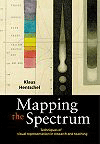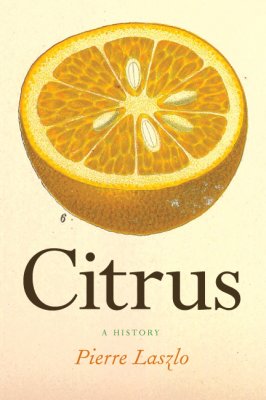Citrus: A History,
by Pierre Laszlo (The University of Chicago Press, 2007; $25.00)
Can one describe a work of nonfiction as being happy? Well, this one is. Pierre Laszlo, a retired chemistry professor turned science writer, has approached the lore of citrus fruit with the élan of a master chef (the man is French, after all), mixing history, economics, biology, and chemistry to produce a book that will bring a smile to readers of every taste. Until reading Citrus, in fact, I had not realized just how many tastes the title implied: lemon, lime, orange, and grapefruit, of course, but also citron, tangerine, kumquat, calamondin, and the self-descriptive Ugli, not to mention such variants as bergamot, mandarin, Valencia, ortanique, and Honey Murcott. Laszlo’s literary method is to present them as characters in an unfolding story. He begins with the domestication of the citron in Persia and the early history of citrus horticulture, then moves to the establishment and growth of the citrus industry in Florida, California, and Brazil, and finally, after many diversions and digressions, arrives at a final section that explores the place of citrus in literature, art, religion, and the culture of cuisine.



